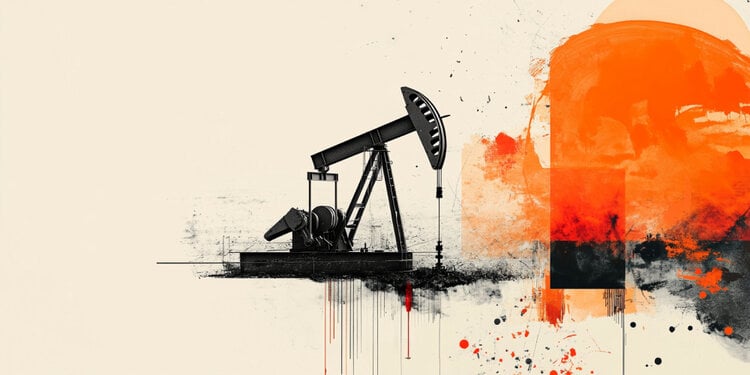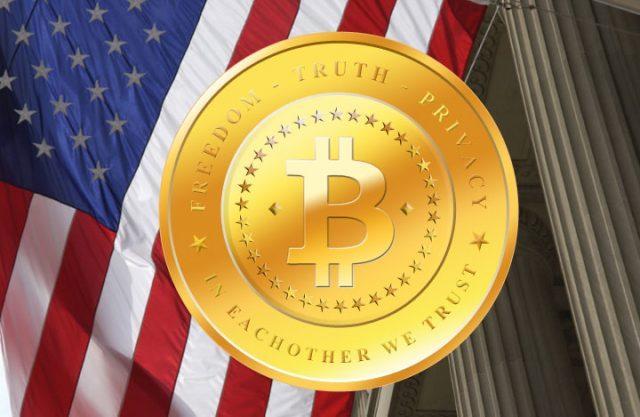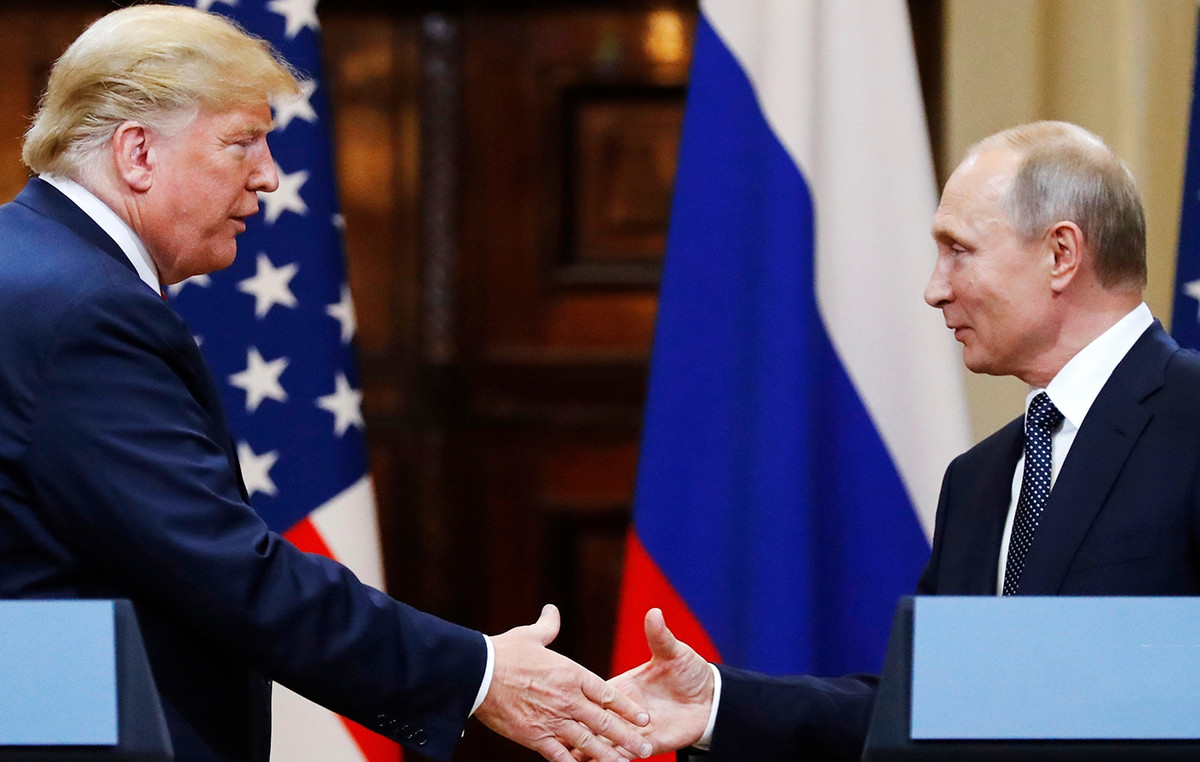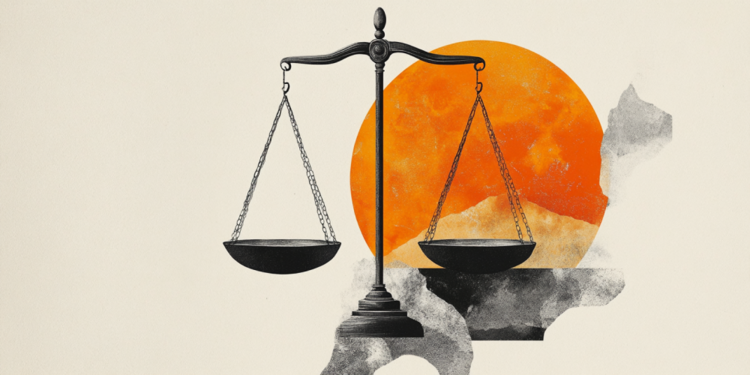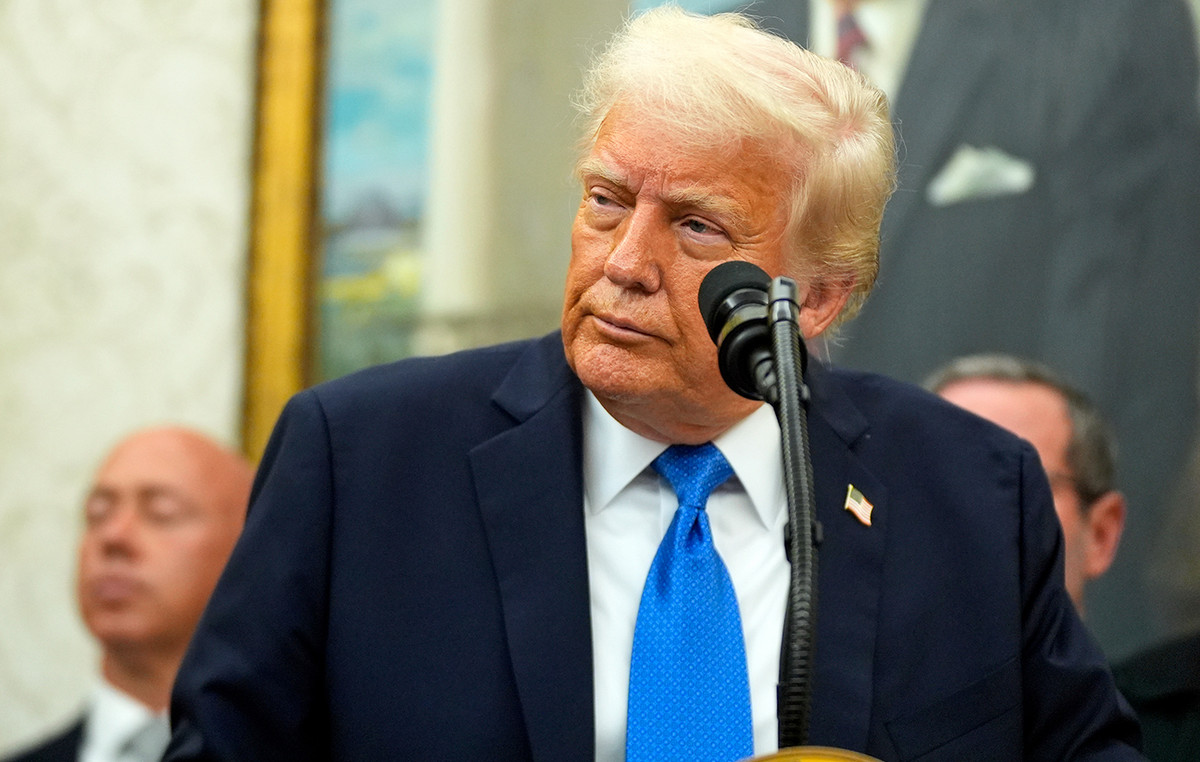An unexpectedly weak series of Chinese economic data this month has increased pressure on policymakers to take more stimulus measures, but also shows the limited effect that further monetary easing and infrastructure spending could have.
Signs of weakness are emerging across the economy: exports have fallen, inflation has slowed and new bank loans have fallen. And all despite the authorities having bucked the global trend so far this year and implemented monetary and fiscal easing.
Analysts say the weak data could increase pressure on policymakers to provide even more stimulus. Analysts at JPMorgan and Goldman Sachs said in research notes on Friday that they expect a 25 basis point rate cut in the coming weeks.
But the latest figures also suggest that the stimulus will not have the desired impact as long as domestic and external demands remain subdued, especially as China follows a health policy of eradicating Covid-19 outbreaks as soon as they occur.
“Much weaker-than-expected credit growth … highlights the difficulties policymakers are facing to spur growth as activity is suppressed by the Covid zero (policy),” said Mark Williams, chief economist at Capital Economics.
China is on track to miss its annual growth target of around 5.5%, with the latest Reuters poll predicting a 3.2% increase in 2022.
Exports unexpectedly dropped in October for the first time since May 2020. Chinese manufacturers, which dominate global trade, were no longer able to get the typical pre-Christmas surge. Now, the usual increase in year-end shipments, which occurs when overseas customers place orders ahead of the Lunar New Year holidays between January and February, is also in jeopardy.
A nearly 12% drop in the yuan against the dollar so far this year has not stopped exports from contracting.
With high inflation and rising borrowing costs in China’s key export markets, and domestic demand hampered by tough Covid-19 restrictions, it’s hard to see where demand for credit could come from, even if interest rates are cut.
Data on Thursday showed new bank lending in China fell more than expected in October from a month earlier, while credit growth slowed.
Underscoring the weakness in domestic demand, factory gate prices for October fell for the first time since December 2020. Consumer price inflation reached 2.1%, down from 2.8% in September.
The onus is increasingly on fiscal policy. Chinese authorities are doubling down on infrastructure efforts, issuing debt to finance major public works projects to revive the economy.
But the main short-term hurdle remains China’s Covid zero policy, while the longer-term challenge remains domestic demand.
Source: CNN Brasil
Joe Jameson, a technology journalist with over 2 years of experience, writes for top online news websites. Specializing in the field of technology, Joe provides insights into the latest advancements in the industry. Currently, he contributes to covering the world stock market.

